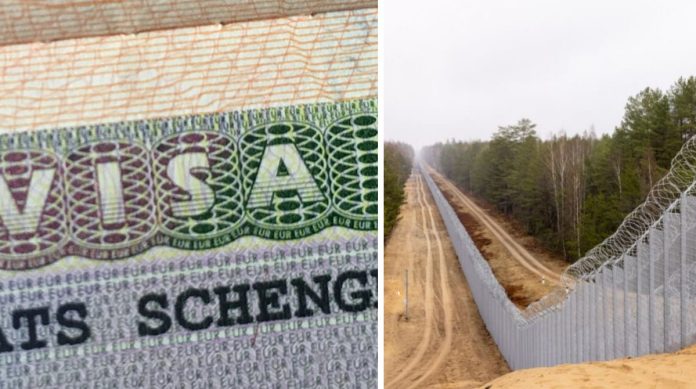The European Union has announced the launch of a new entry/exit system for the Schengen area, which will take effect from November 10, 2024. This system will be an important step in controlling the intersection of the external borders of the EU and is a response to the challenges that have arisen after the UK exit from the European Union.
What is EES?
EES is an automated personal data collection system that will be used to control the entrance and departure of non -EU citizens, regardless of whether they need a visa. The system will replace the traditional stamping of passports by introducing digital accounting of borders. Travelers from non -EU countries will have to scan their passports or other travel documents at special self -service terminals during each border crossing.
In particular, the system will collect information about the traveler's name, its biometric data (facial scans and fingerprints), as well as the date and place of entry and exit. Biometric data will be shot once every three years and will be valid for several trips during this period.
The purpose of implementation and consequences for travelers
The main purpose of EES implementation is to increase the security of EU borders. The new system will allow you to more accurately track travelers in the Schengen area and prevent illegal migration. According to EU EU Commissioner Ilva Johansson, EES will also complicate the use of fake passports with criminals and spies due to biometric identification.
However, the new system can create some inconvenience for travelers. In the United Kingdom and other countries, there are fears that will lead to an increase in the time of border control, especially at such points as the port of DUVR or Eurotunel. The European Commission has already stated that the implementation of EES can be gradual to minimize the impact on border flows.
Further steps: ETIA system
After launching EES, another system will be implemented in a few months - the European Information and Authorization System for Travel (ETIA). This system will require citizens who do not need visas to enter the Schengen area, obtain an electronic permit for entry after filling in an online form. ETIA will allow the EU to strengthen checks of foreign nationals and prevent potential threats.


